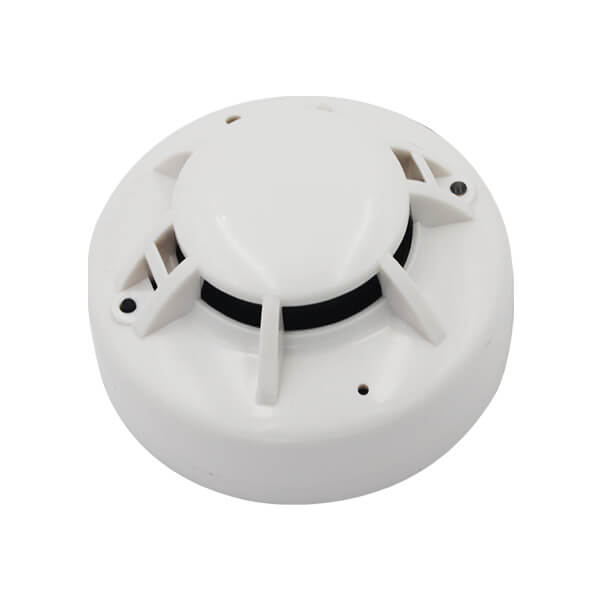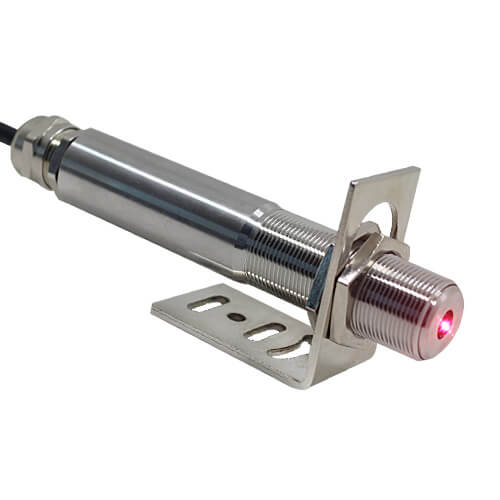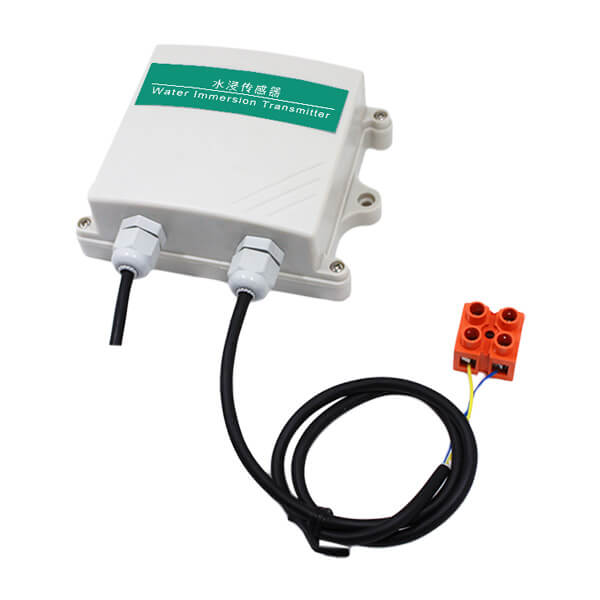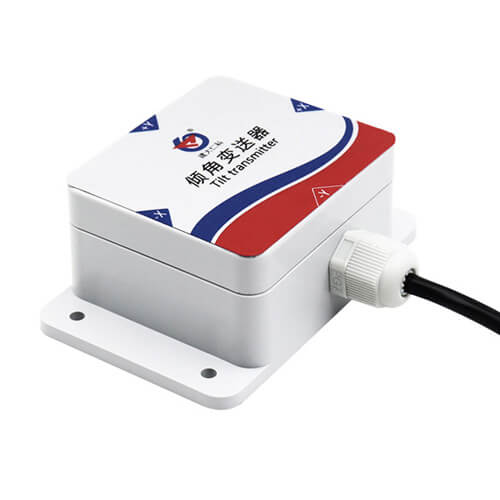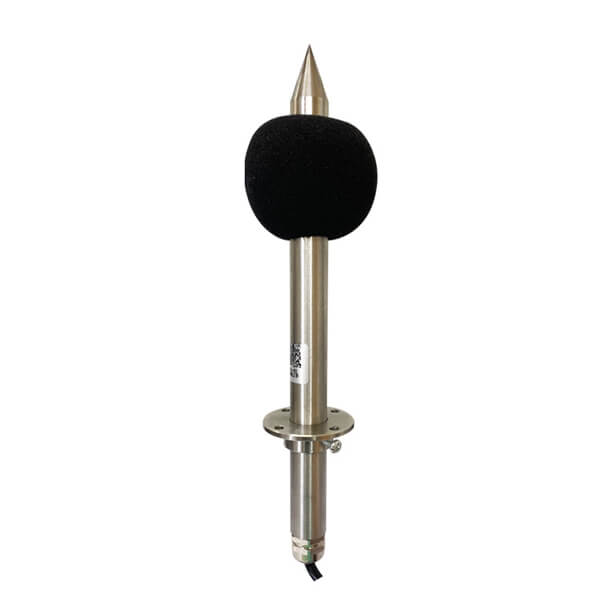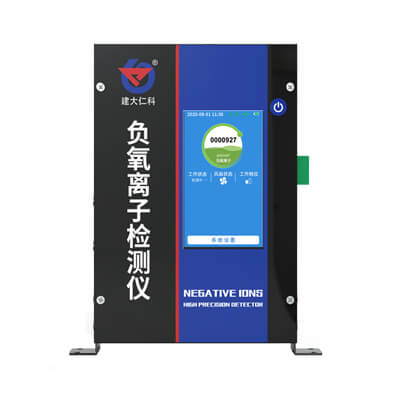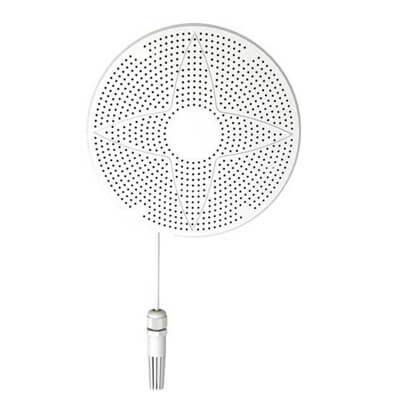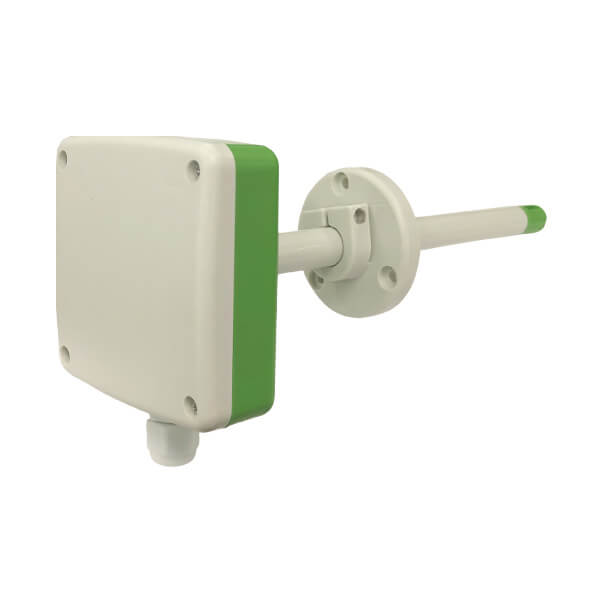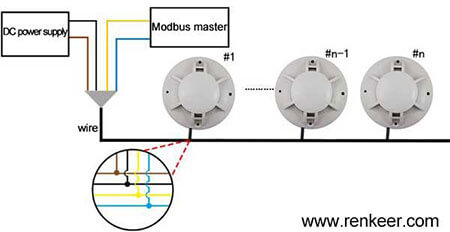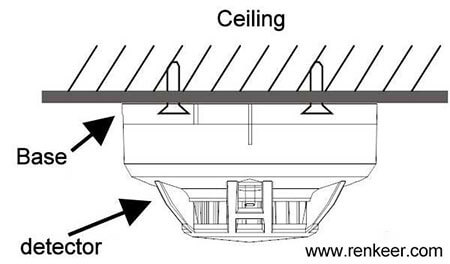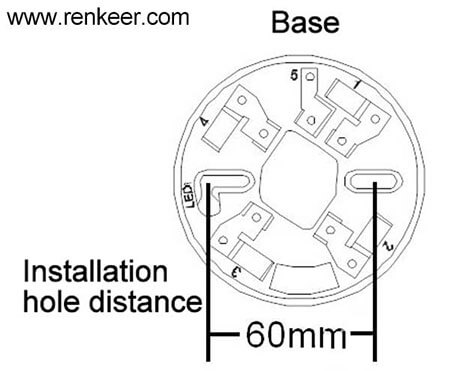Table of Contents Smoke from combustion is an upward motion and will quickly drift to the ceiling. The smoke alarm can detect fire through smoke.
Smoke Detector RS485
It is a device that uses the photoelectric principle to detect the smoke generated during a fire. The accuracy of photoelectric smoke detectors usually does not cause so many false alarms. This smoke detector is installed through wiring, which avoids the late-night call caused by battery replacement. The alarm uses photoelectric smoke devices and excellent production technology, stable work, simple installation, no need to debug.
- Model: RS-YG-N01-EX
- MOQ: 1 PCS
- Delivery date: within 24 hours
- Price: USD 33.50
View - Smoke Detector
Our smoke detector uses the 485 connection method, once installed, it can be used normally, avoiding the trouble of removing the cover and replacing the battery. It is an industrial-grade fire detector. This smoke alarm is suitable for a wide range of layouts and requires no maintenance in the later period.
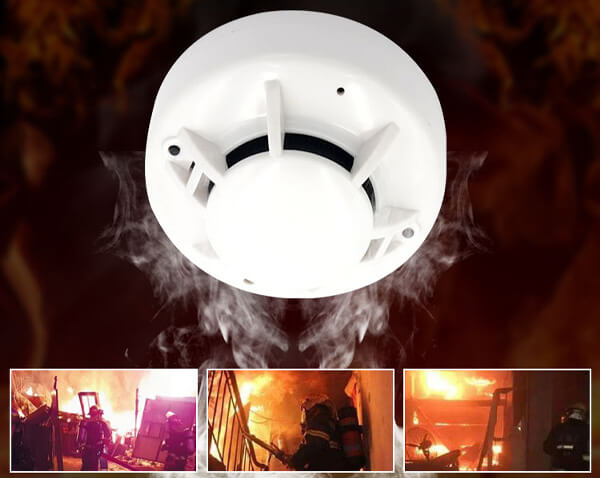
Smoke alarm features
- Our smart smoke detector adopts ceiling installation
- Anti-disassembly shell, no need to remove the cover to replace the battery or debug.
- Microprocessor is used inside the fire alarm.
- Wide measuring range, 360° detection in all directions.
- Adjustable alarm delay.
- Adopt SMD technology to resist EMI and RFI interference.
- It is monitored through a free cloud platform. Once the alarm is issued, the position can be locked immediately, saving time and effort.
Smoke detector parameters
Power supply: 10~30V DC
Static power: 0.12W
Alarm power consumption: 0.7W
Alarm sound: ≥80dB
Signal output: RS485 Modbus-RTU
Smoke sensitivity: 1.06±.26%FT
Standards compliant: GB4715-2005
working environment: -10℃~50℃,≤95%, No condensation
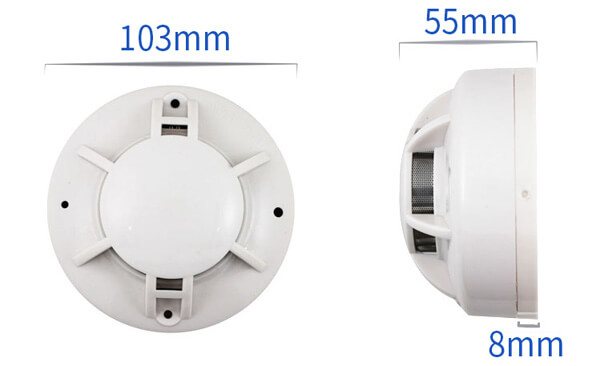
Smoke detector use
1. Halls, bedrooms, offices, etc. of restaurants, hotels, teaching buildings, office buildings, etc.
2. Electronic computer room, communication room, movie or TV projection room, etc.
3. Stairs, walkways, elevator machine rooms, etc.
4. Book stacks, archives, etc.
5. Places with electrical fire hazards.
Other Popular Sensor
FAQs
More information about Renke smoke detector
Why buy a smoke alarm?
As the number of users of smoke alarms continues to increase, the number of deaths caused by residential fires is also declining. Studies have shown that in the event of a fire, the chances of escape for people in residences with smoke alarms installed will be 50% higher than that of residences without installations. It is necessary to install an alarm in every bedroom.
What are the types of smoke alarms?
There are 2 types of smoke alarm technology-ionization and photoelectric. Ionization smoke alarms usually have a stronger response to flame burning (such as pan fires or smoke produced during cooking). Photoelectric alarms are usually more sensitive to smoldering fires, such as cigarettes, overheating of electrical wires, or high temperatures similar to space heaters.
Where to install smoke detector?
The smoke detector installs inside and outside the sleeping area. Install a smoke sensor for every 60 square meters indoors (the specific area depends on the coverage of the smoke sensor), and install the smoke sensor 0.5-2.5 meters above the important equipment. The smoke sensor in the corridor is installed every 15 meters.
How to clean smoke detector?
The smoke alarm should be cleaned every 3 years, and the cleaning should be done by professional technicians. Usually, you can wipe the shell with a soft cloth.
How does a fire alarm work?
Renke RS-YG-N01-EX smoke alarm adopts photoelectric smoke sensing principle design, built-in smoke sensor, and photoelectric smoke device. Smoke moves upwards. When it rises to the bottom of the ceiling and enters the inside of the alarm, the smoke particles will scatter part of the light beam to the photosensitive element. The denser the smoke, the more light is scattered on the photosensitive element. When the light beam scattered on the sensor reaches a certain level, the buzzer will sound an alarm. At the same time, the sensor converts the light signal into an electric signal and transmits it to the automatic fire alarm system to prompt a fire.
The stand-alone smoke alarm has the characteristics of precise measurement, sensitive response, and high stability; it complies with the fire protection GB4715-2005 standard, adopts ceiling-mounted installation, does not require debugging, and can detect fire in 360 degrees; adopts patch technology to resist EMI The interference effect of RFI, once the “signal” of the burning of the object is “captured”, the signal will be uploaded to the fire fighting system to ensure the continuity of information transmission.
How to install smoke detector?
Smoke detector wire connection
The power input can be 10~30V. When wiring the 485 signal wire, pay attention to the two wires A/B not reversed, and the addresses of multiple fire detectors on the bus cannot conflict.
Brown: positive power
Black: power negative
Yellow: 485-A
Blue: 485-B
Choose smoke detector where to install
When installed on the roof, it should be placed in the middle of the roof. If installed on a sloping or man-shaped roof, the smoke alarm should be kept at a certain distance from the roof. When the slope is less than 30°, the appropriate distance is 0.2m. When it is greater than 30°, The appropriate distance is 0.3m~0.5m.
Avoid installation environment
Under normal circumstances, there are places where smoke stays; places with heavy dust, water mist, steam, oil mist pollution, and corrosive gases; places with a relative humidity greater than 95%; places with ventilation speeds greater than 5m/s; places near fluorescent lamps.
Installation method
Punch two mounting holes with a diameter of 5mm on the ceiling 60mm apart, and fix the base of the detector on the ceiling with expansion plugs and screws.
Blogs
The commonly used communication method for data acquisition and control is RS485. RS485 is a general communication standard. It can not only link devices to
Table of Contents Smart buildings are the product of the development of modern science. The smart building system is mainly composed of Internet of Things
The key to the smart industry lies in the collection of data and information. Sensors are the nerve endings of the smart industry. They are
Table of Contents Modern companies are placing an increasing emphasis on the value of collected data. As a result, central data centers, IDCs, and similar
When you are on a business trip or out of town, the ability to monitor the temperature and humidity of your home, warehouse, or cold
Why is a gas detector necessary? In the industrial production process, the leakage of flammable, toxic and harmful gases often occurs, which will cause serious
Table of Contents What is IoT? IoT is the “Internet of things“. It is an extended and expanded network based on the Internet. It combines
The smoke alarm can accurately sense the smoke generated by the fire in the initial stage of the fire, and quickly alarm people. Smoke alarm
The application of sensors in life is the smart home system. The smart home system is composed of sensors, actuators, control centers, communication networks, and

